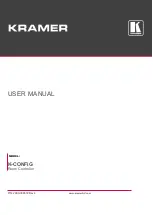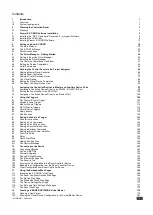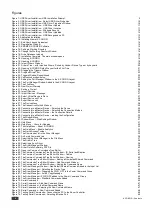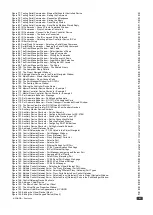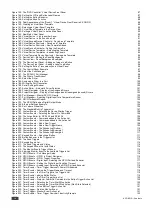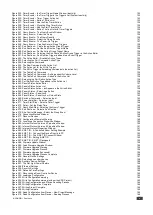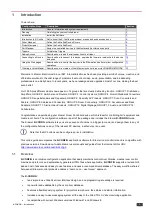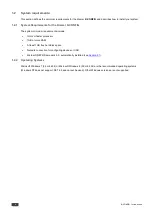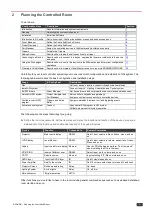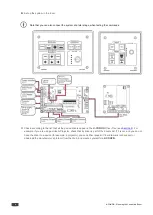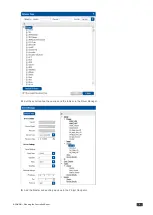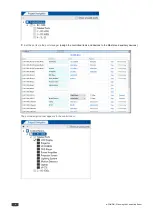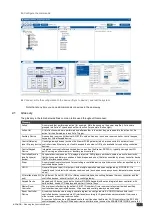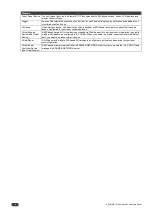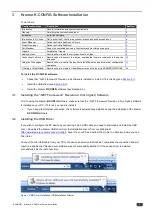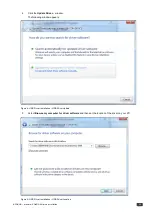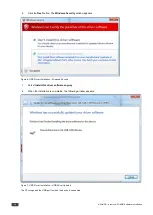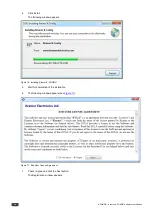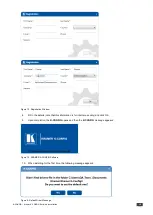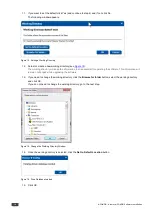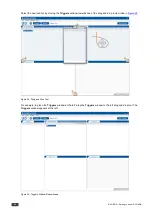
K-CONFIG –
Planning the Controlled Room
7
G:
Configure the commands:
H:
Connect, write the configuration to the device (“Sync to device”) and test the system.
Note that at any time you can add commands or devices in the same way.
2.1
Glossary
The glossary in the table below defines common terms used throughout this manual:
Glossary
Action
A command that performs an action (for example, Mute the sound on the power amplifier). Actions are
grouped into Action Types based on their function (for example, Button Light)
Action List
A list of actions which are performed one after another in the order they were added to the action list. An
action list is performed as a result of a Trigger.
Auxiliary Device
A secondary room control device (K-NET ID number=2 and on) such as a room controller, control keypad,
keypad or virtual keypad device.
Control Gateway
(aka I/O proxy device
Control gateway devices (such as the Kramer FC-28 gateway) which are connected to a master room
controller via an Ethernet port. Used to expand the number of I/O ports available for connecting controlled
devices.
Control Keypad
Device
Integrated room controller and keypad device (such as the Kramer RC-74DL), typically having direct I/O
ports, serving as either master or auxiliary room controller.
Controlled Device
(aka Peripheral
device)
Peripheral devices (such as TV displays, projectors, DVD players, switchers, scalers, sensors, door locks,
light switches and dimmers, shades, blinds, drapes and so on) that are controlled by a room controller device
via I/O interface connections.
Driver
A communication protocol used for controlling a controlled device by a Kramer controller, as specified by the
controlled device vendor.
GPI/O
General Purpose Input / Output port, with multiple operation modes as configured by K-CONFIG. It is
typically used to interact with common room sensors (such as an occupancy sensor, temperature sensor and
so on).
I/O interface (aka I/O
port)
Any Ethernet, Serial, IR, GPI/O, or Relay control interface, connecting between the room controller and the
controlled devices, either directly or via a control gateway.
Keypad Device
Keypad-only UI device (such as the Kramer RC-54DL keypad) without an integrated room controller, with
hard buttons, knobs, LCD displays and similar UI control keys.
Master Room
Controller
The main controller device (by default, K-NET ID number=1) in a room control system to which auxiliary
controller devices, controlled devices, UI devices and control gateways are connected.
Room Controller
Device
A room controller device running a control program, as configured via K-CONFIG, that controls room
controlled devices (connected via I/O interfaces) according to UI-generated user commands. It serves as
either master or auxiliary room controller.
A room controller can be a HW-based controller unit (such as the Kramer SL-1N controller or the RC-74DL
control keypad) or a Server SW-based virtual controller device (such as the KRAMER NETWORK controller).

